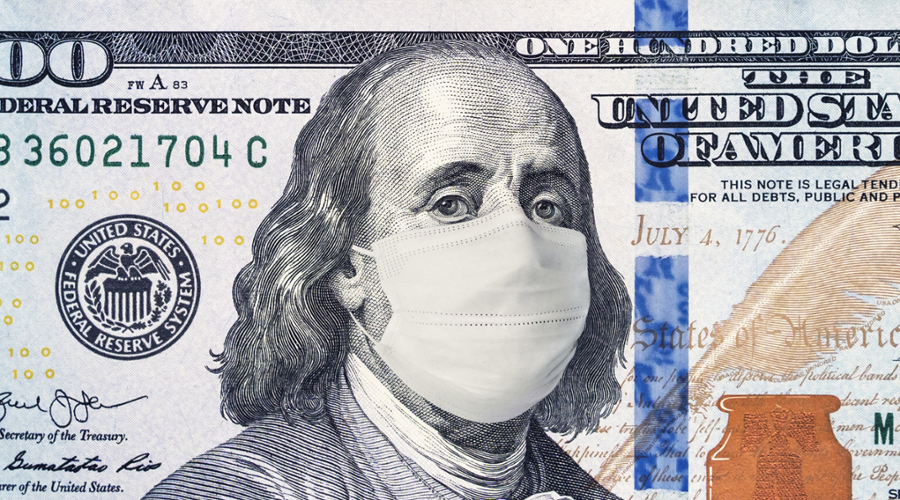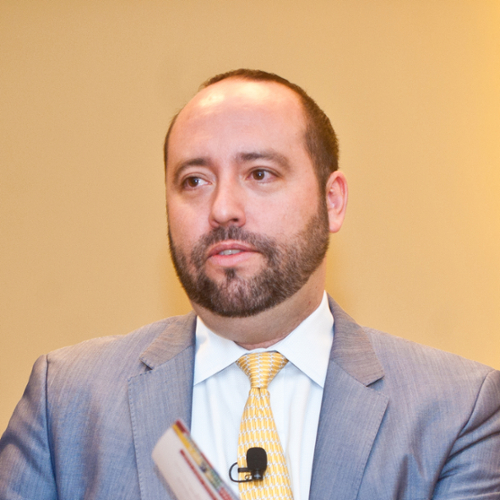From savings and job security to staying safe in the age of social distancing, there's a lot for consumers to worry about during the COVID-19 pandemic.
Prof. Raphael Schoenle and a team of researchers at the Federal Reserve Bank of Cleveland are doing their part to track public opinion in real time. By compiling daily survey data throughout the pandemic, they hope to aid policymakers by shining a light on how the perceptions of every-day Americans are evolving.
“When you try to decide how aggressive your policy must be, you have to know what people are thinking,” said Schoenle, who is currently on sabbatical and serving as deputy director of the Cleveland Fed’s Center for Inflation Research.
Every day since early March, Schoenle and five colleagues have asked more than 100 randomly selected people across the United States about their expectations of various economic factors, like inflation or change in GDP. They also ask about personal economic questions, like whether they’re saving more money and whether they’re more worried about their jobs.
The result is a
real-time tracking survey of the coronavirus, among the first of its kind to be used as a policy tool at the Federal Reserve.
In March, the survey found that people were expecting the economy to shrink by up to 15 percent. That pessimism eased a bit as the months wore on, with expectations for a contarction stabilizing between 5 and 10 percent.
People also expected inflation to rise significantly in March and April, up to 10 percent at times. That settled recently at 5 percent, though economists are actually now more concerned about deflation — prices falling — than about inflation getting too high.
Meanwhile, expectations of how long the pandemic will last grew much more pessimistic — or realistic, depending on your perspective. In March, a 55 percent majority thought it would be over in six months, while 28 percent thought it would last one year and 5 percent thought it would last two years. Now, 40 percent of people think the pandemic will last two years, while about 7 percent think six months.
“Observing daily information and seeing changes over time is critical when making decisions,” said Schoenle. “We found out a lot of stuff we didn't know.”
For example, Schoenle’s team added a question in a recent survey about how likely someone is to wear a mask if required to. The results were somewhat surprising. Respondents older than age 60 reported being much more likely to wear a mask if required (about 85 percent said extremely likely) than younger demographics (67 percent for ages 40-60 and 49 percent for those under 40).
“An interesting thing we learned, from an economist’s point of view, is that people see a tradeoff with masks,” said Schoenle. “People said if they wore a mask they would engage in less social distancing. We didn't think about that.”
Schoenle’s survey idea, sparked during a conversation with another colleague from Germany, is inspiring researchers at Federal Reserve banks. Aside from a regular consumer survey conducted by the Federal Reserve Bank of New York, the central bank does not regularly track people’s opinions or outlooks.
Now, other economists are seeing the value in a real-time data tool.
“They’re popping up all over now,” said Schoenle. “Someone in Texas did a survey on labor questions, and now that’s running in collaboration with the Dallas Fed.”



